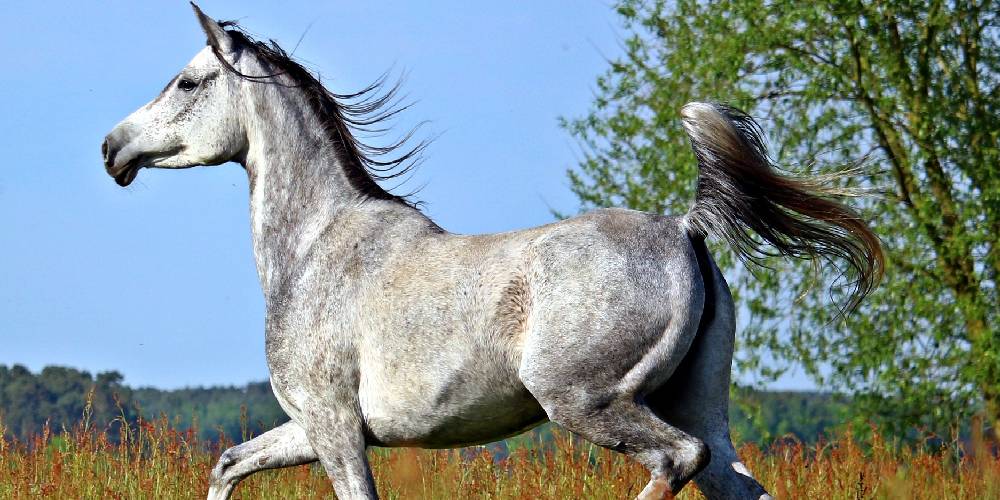Arabian horses are one of the most beautiful and majestic breeds of horse in the world. Having owned two Arabians, I was able to see this amazing animal up close and interact with them every day. I conducted extensive research on this breed so I could learn about it and share these facts with you!
What is the Arabian Horse?

The Arabian horse is the oldest known breed of horse. This breed is one of the most recognizable horse breeds out there. Known for their dished heads, arching necks, large eyes, high set and carried tail, and fiery temperament, the Arabian horse is one of the most popular breeds of horse in the world.
The Arabian horse is a hotblooded breed that stands at 14-15.2 hands high. The Arabian is commonly crossbred with other breeds as it brings great characteristics to its offspring.
This horse is only seen in solid colors. A purebred Arabian can’t have any patterns in its coat besides the typical facial and leg markings. Examples of coat patterns that are unacceptable in the Arabian world would be roans, pintos, appaloosa-like markings, and more.
The History of the Arabian
The modern Arabian horse is known to have come from the Arabian Peninsula, but the original Arab could have been a small wild Oriental horse in eastern Europe. However, no one is certain of the exact origins of the breed.
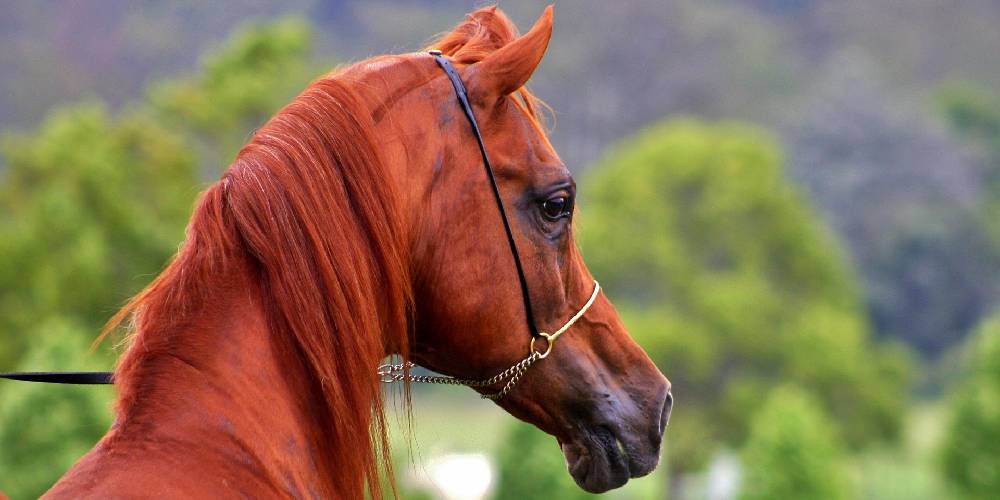
When the Arabian was in the middle east, the Muslims there and the Arabic people further developed the breed and used it as a cavalry horse.
One of the most significant parts of the Arabian’s history would be the importance of the horses to the Arabian Bedouin people, a nomadic group who prized the Arabian horse.

The Bedouins of the Arabian desert can trace back their association with the breed to a stallion named Hoshaba and a mare named Baz. These two horses, alive around 3000 BC, were a founding pair that helped to create the Arabian used by the Bedouins, and eventually, the Arabian we know today.
If you are ever to attend the Scottsdale Arabian Horse Show, make sure to see the Arabian Native Dress class where both horse and rider wear colorful costumes similar to those worn by the early Bedouins. The class is held to honor the Arabian horse’s impressive and influential history.
The Arabian got its name when it was brought to Britain from the Arabian Peninsula in the 1800s.
Fun Fact: The Thoroughbred we know today originated from the Arabian
What Makes the Arabian Unique? How to Identify the Arabian
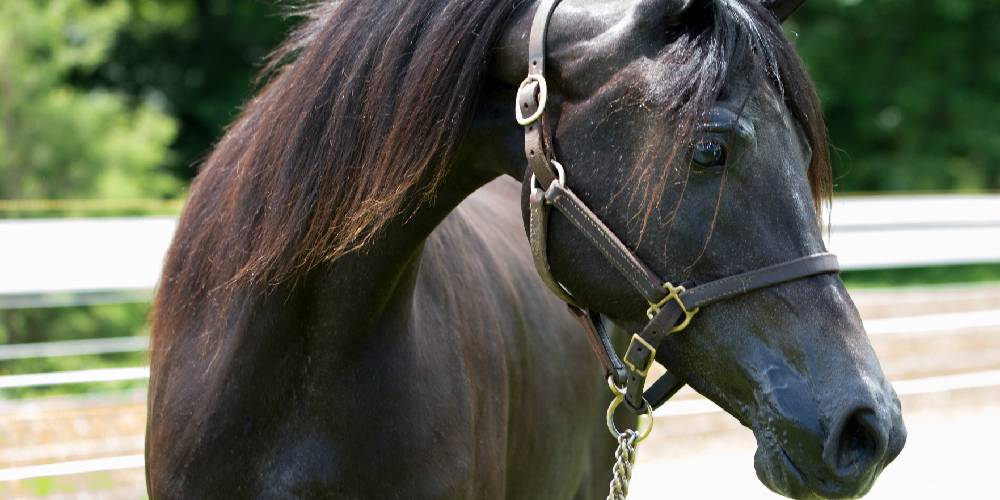
The Arabian is not only unique on the outside, but it also is incredibly different on the inside.
The Arabian’s Skeleton
When looking at the Arabian’s skeleton, there are some noticeable differences immediately.
Nearly every horse (other than the Arabian of course) has 6 lumbar vertebrae, 18 ribs, and 18 tail bones. However, the Arabian actually has just 5 lumbar vertebrae, 17 ribs, and 16 tail bones. This shortened spine makes the horse’s back slightly shorter which actually benefits the horse and makes their back stronger.
The Arabian’s Tail
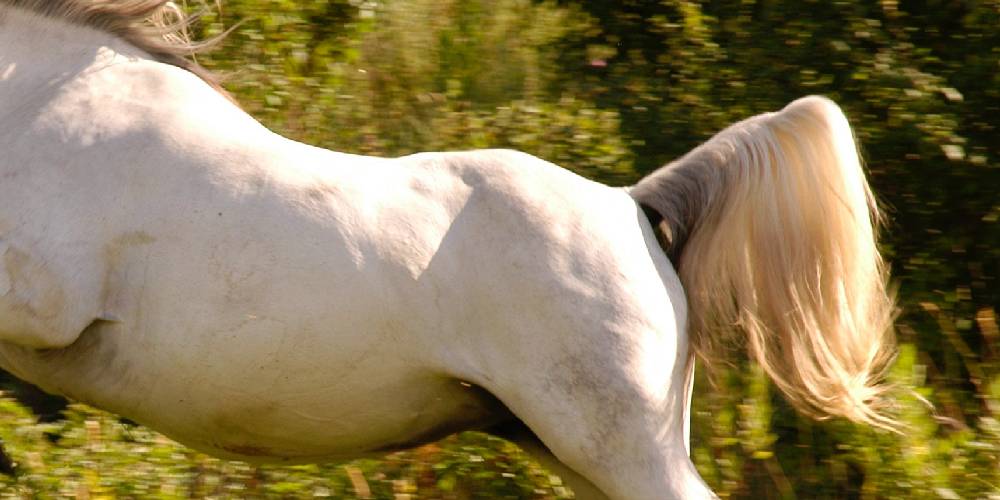
One of the most defining features the Arab has that makes them stand out is their gorgeous high tail carriage.
When running, alert, or if they are feeling a little spicy, the Arabian will hold their tail up. When running, as you can see in the image above, it looks like a flag streaming out behind them.
The purpose for their high tail carriage isn’t just to look fancy, but because the Arabian is a desert breed, it’s partly to keep them cool in the hot sun as well.
Adaptability
The Arabian is known for being very adaptable. The Arab’s desert-thriving ancestors brought the ability to survive off of very little, the ability to withstand extreme weather, an incredible amount of stamina, and incredible soundness.
With these features inherited in their blood, the Arabian horse can do almost anything, which is why they are so commonly seen in the show arena for a variety of disciplines.
The Dished Face
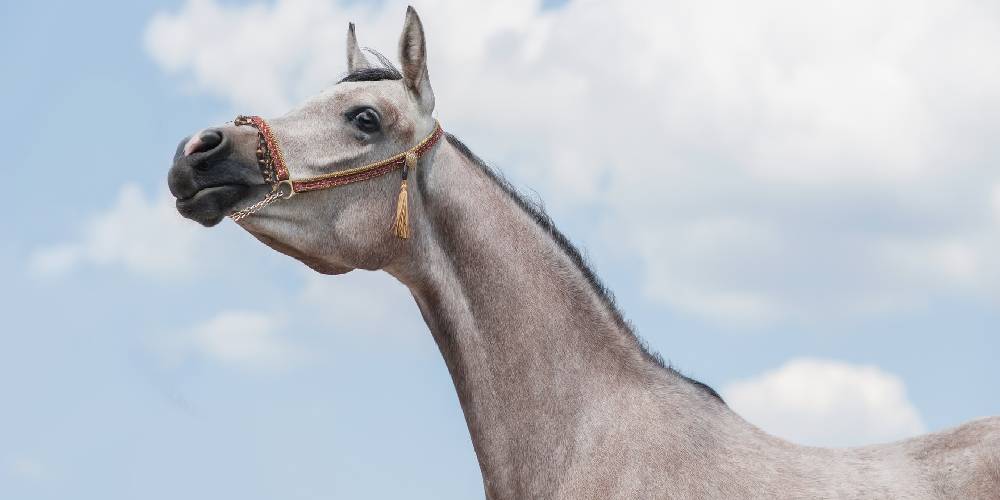
One of the most identifiable traits the Arabian carries is its dished face. This is the curve in the horses nose giving them an elegant and delicate appearance.
What the Arabian Excells in
Endurance Riding
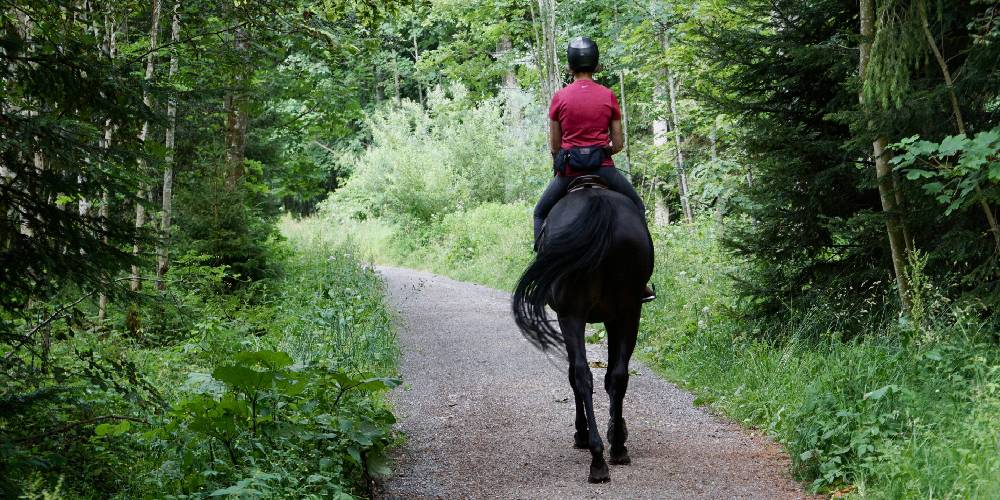
Endurance is a discipline of riding where the stamina of the horse is put to the test. Horse and rider must cross rugged terrain and reach a number of checkpoints to win.
One of the most extreme levels of endurance riding includes riding 100 miles in a day within 24 hours. Because so many generations of Arabs have spent their lives in the desert earning their incredible endurance, it makes the breed the ideal candidate for endurance riding.
Arabians are the most popularly used horse breed for endurance riding. Because of their outstanding traits, they continue to succeed at these events. Because endurance riding is the ultimate test of a horse’s endurance and stamina, the traits this horse carries are a prime reason the Arabian is so popular in this sport.
Let me just say one thing, if you are competing in endurance and you’re not using an Arabian, you’re doing something wrong.
Dressage
Although this isn’t what the breed is known for, the Arabian still makes a name for itself in this discipline.
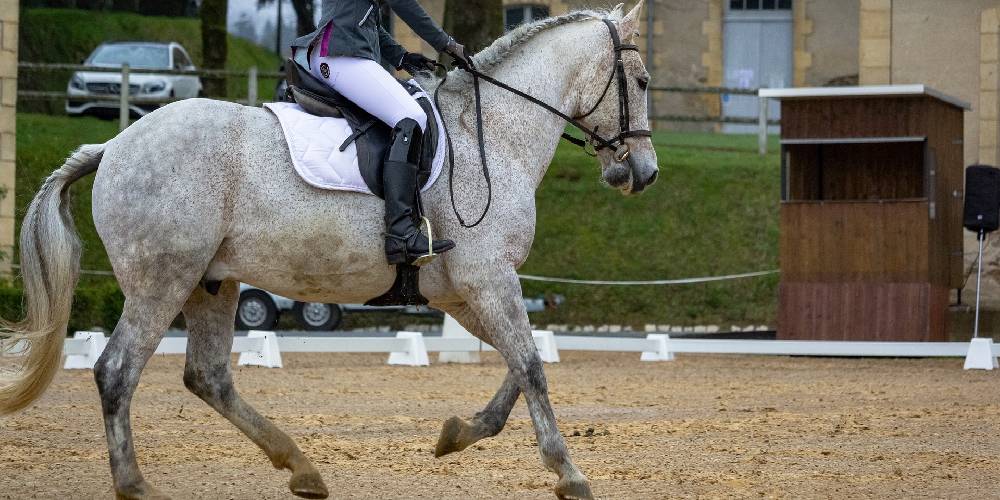
The Arab’s arched neck, dished face, and showy gait catches the audience and judges’ attention in the show ring. Because this horse is respectful, responsive, intelligent, and willing to learn, it has potential in the dressage arena.
Western Pleasure
The western pleasure classes that I’ve seen at the Arabian Horse Show feature gorgeous Arabian horses.
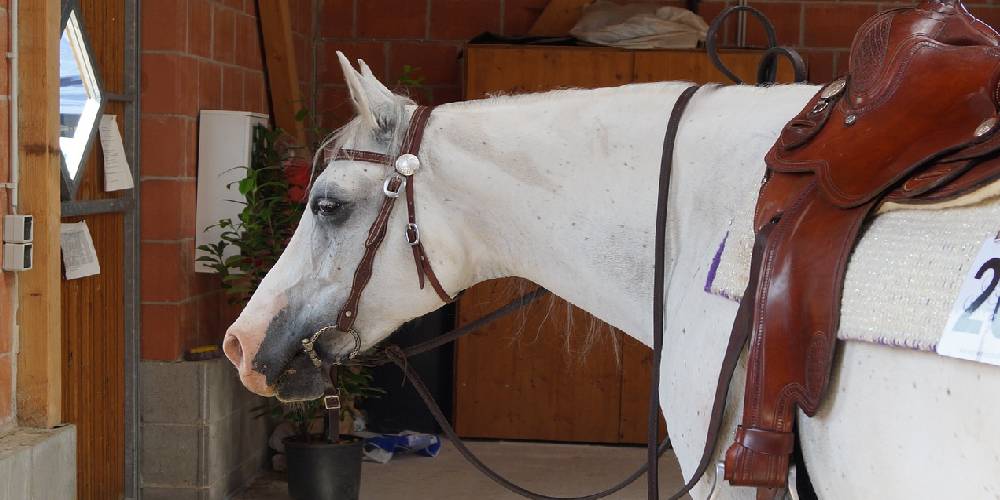
Even though these horses looked gorgeous in the class, they move a little too slowly for my taste.
The Arab excels in western pleasure because it has a steady, smooth gait and it can carry its head down and in giving an elegant, smooth, and beautiful appearance.
My Arabian, Bronze, showed in western pleasure in the junior horse classes at the age of three.
Fun Fact: Arabians that show in any discipline are not allowed to have tail extensions. This means that when a horse’s tail is dragging on the ground in one of these classes, that’s actually how long it is!
Reining
The Arabian has exceptional balance and responsiveness. It’s intelligence as well helps this breed navigate reining patterns as well as it does. Arabians are not as common as Quarter Horses in this discipline, but that doesn’t mean that they aren’t good. Arabians put everything they’ve got into what they are doing which brings competition against other breeds.
The spinning that horses do while competing at reining is something that Arabians are great at, but teaching this horse the sliding stop is a little more difficult. Overall, even if there is a little extra effort needed to train these horses, they still make a great reining horse.
Arabians have been used in the reining horse industry constantly over the years, and they keep being used for a reason. Arabians aren’t only good for the ‘dainty’ competitions, they are also champions in the western arenas.
Bronze, on top of competing in western pleasure, competed in reining.
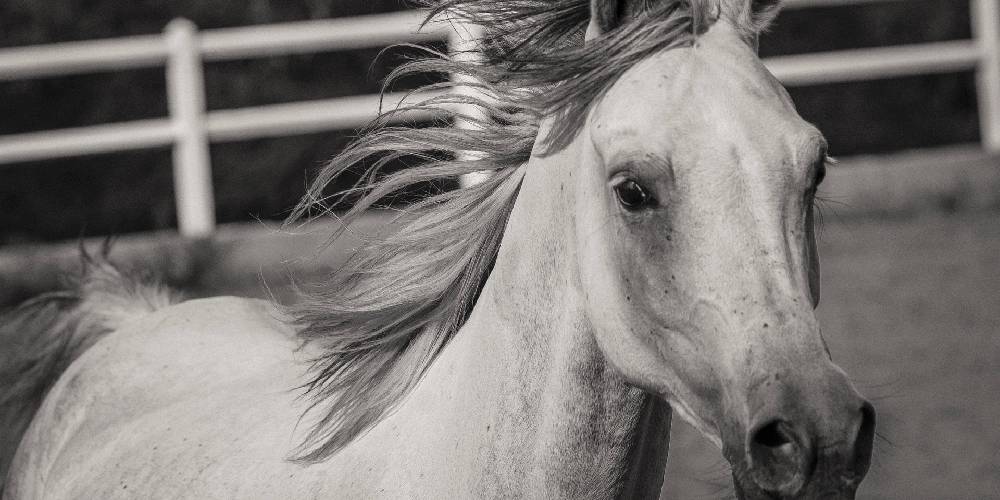
Flat Saddle/Country English Pleasure
This showy discipline is seen all the time at the Arabian Horse Show as well as many other shows. Typically, the class is shown using Arabian-Saddlebred crosses, but there are some purebred classes as well.
I love this discipline because it is unique in so many ways. One thing that makes it unique is where the rider’s weight is put on the horse’s back. Most horses have the weight placed just behind the horse’s withers, but in this class, the rider is pushed further back.
Riding in this discipline is so much fun. The way the rider rides is completely different than anything I’ve ever experienced. Typically the rider keeps their legs off the horse and out to the side. The hands, which are holding two reins, are held up away from the withers.
The posting that these riders do is more dramatic than what is seen in hunt classes. The rider stands up a little more in the saddle when they rise at the posting trot.
The front action seen in this class is insane. The horse appears to be floating across the ground while bringing their knees up high in a flashy, high-action gait.
Crossfiire, one of my Arabs, was a successful show horse in this discipline even though he is a pure Arabian.
Fun Fact: When Arabians or Saddlebreds compete in this class, they typically wear just a half pad under the saddle, or no pad at all.
Halter

Halter Arabians are known for their fiery personalities and delicate features. When shown, halter horses are split into age groups and judged on conformation and their overall performance.
I worked in the center ring for an Arabian halter class a while back so I was able to see these horses up close and personal. They have very refined and delicate features and so much energy. Unfortunately, there is thought to be a history of abuse linked to the Arabian halter horse which is what makes them so flighty and nervous in the ring.
Hunter
The Arabian makes a great hunt horse on the flat. In the show ring they look absolutely beautiful as they make their way around. Having turned my Arabian Bronze from reining to hunt, I have been able to see what it’s like to ride one.
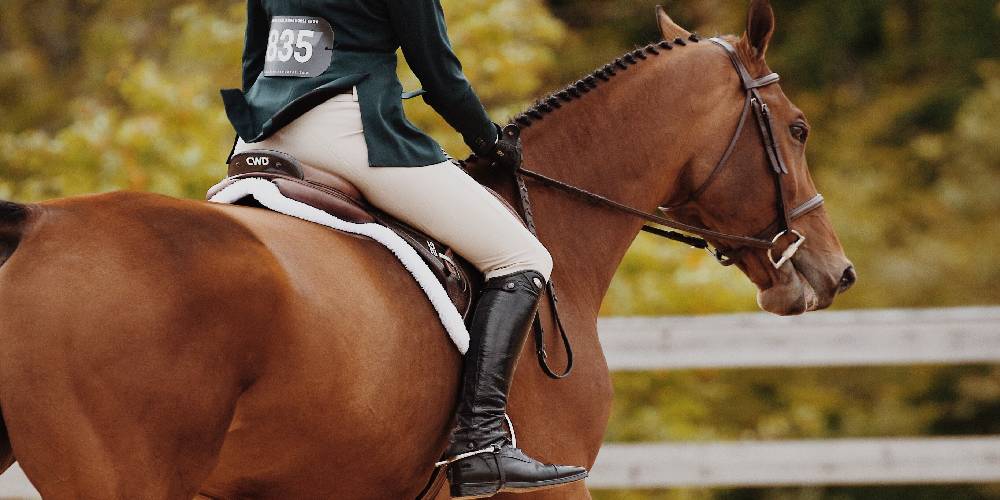
The Arabian is a very responsive horse so they pick up on the slightest of cues making it appear the horse already knows what the rider wants without the rider having to ask for it.
At horse shows, this class is often called hunter pleasure. One of the key things the judge looks for is the horse and rider’s unity. The horse should be a ‘pleasure’ to ride.
Fun Fact: At the Annual Scottsdale Arabian Horse Show, this class is the only class that requires a helmet to be worn as part of the official dress.
Arabian Native Costume
Arabian native costume classes were put in place to show off and recognize the Arabian horse’s past with the Bedouin riders in the deserts of the Middle East.
This class features the walk, canter, and hand gallop. This colorful and fast class is one of the biggest attractions to Arab show.
Personally, I love to watch these classes. The riders are tested to see how fast they can go while maintaining control of the horse they’re riding.
Racing
Although Arabians aren’t the most popular horse for racing, they’re still used for the sport. Arabian racing has been going on for centuries and still continues on to this day.
Arabians are smaller horses so don’t reach the same speeds as the Thoroughbred and other breeds, but that doesn’t mean that the race is something to look over.

How Long do Arabians Live?
On average, Arabian horses are one of the longest living breeds in the world. This is because of their great ancestry, the fact that they are healthy animals, the ability to live off of very little, and their incredible hardiness.

Some Arabians are known to reach well into their thirties. but on average, a ripe old age for a horse would be anywhere from twenty eight to thirty three years of age. The oldest known Arabian was a Polish Arabian. In 2015, the horse’s age was documented at 46 years old. This horse could have lived longer as the horse has not been documented of since.
FAQs About Arabians
Where did Arabians come from?
Unfortunately, no one knows exactly where the Arabian came from, but the most influential part of its history would be the significance of the breed to the Bedouin people.
Is there an association for the Arabian horse?
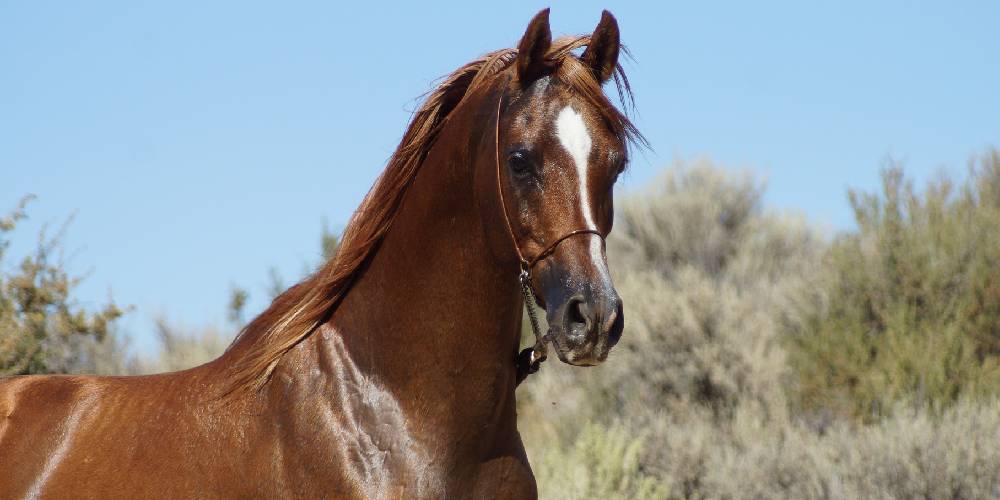
Yes, there is an association for the Arabian horse. It is known as the Arabian Horse Association.
This association is responsible for pedigrees, show records, and hosting shows for people to come and show off their beautiful horses.
Are Arabians good with children?
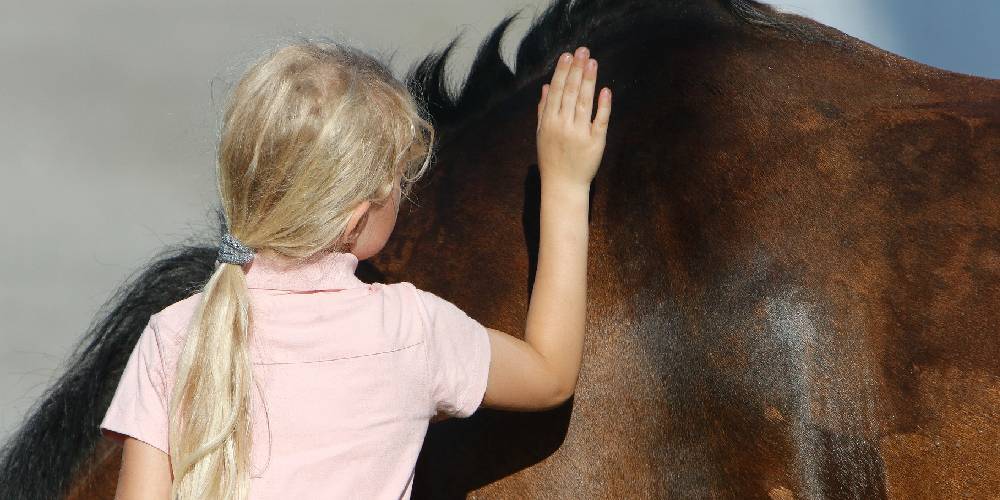
Typically, the answer would be yes to that question. There are some horses in this breed that are too full of energy and may be nearly impossible for a child to handle, but overall, the Arabian horse is a great option for a child’s riding pony.
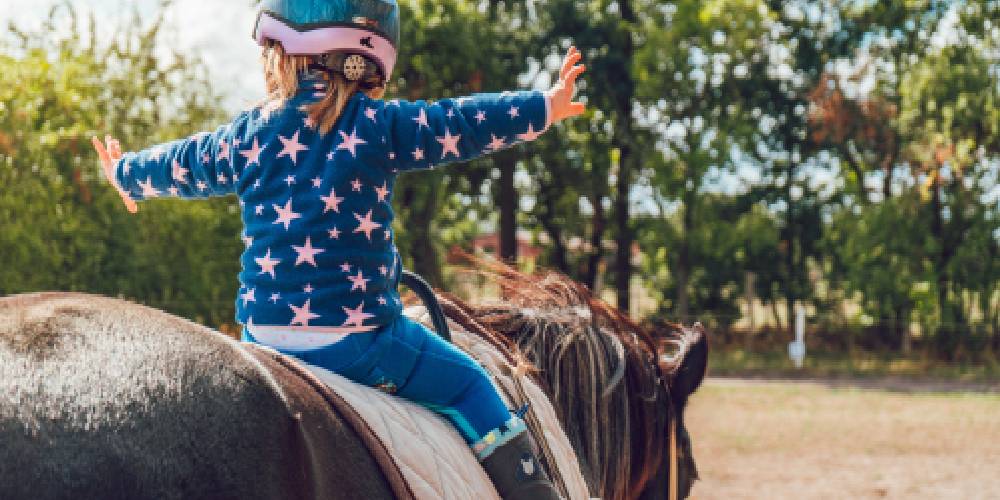
When looking for children’s’ horses, I would recommend getting an even-tempered horse around the age of 12-17 as this way the kid has a horse that is less spooky, not as young, has already experienced a lot, but also still has many years of life left in them.
Are Arabians expensive?
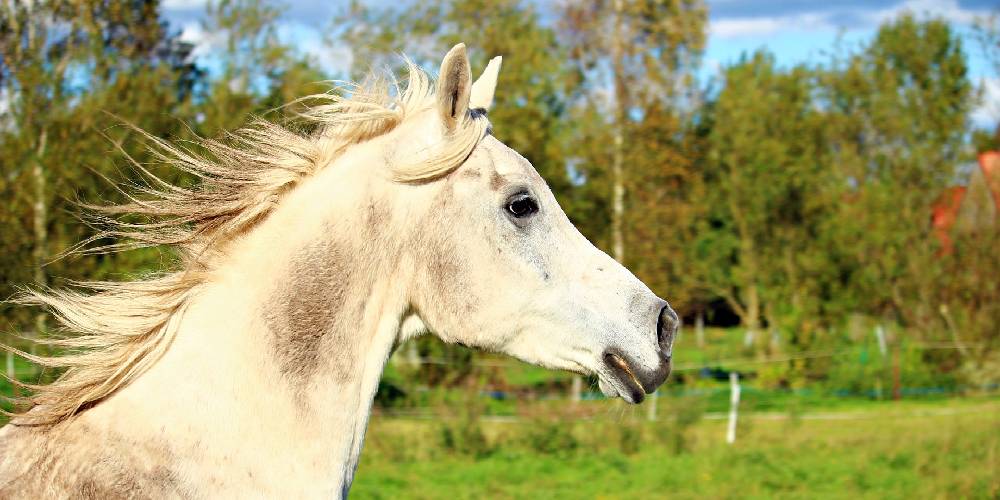
Arabians with a great pedigree, excellent conformation, a good show record, and a sweet temperment are going to be very expensive horses.
An unregistered Arabian of any kind will be of a lesser value. Like most horses, it depends on a lot of factors, but overall there are options for buying Arabians at expensive prices and affordable prices alike.
My Arabians

My first Arabian was Crossfiire. He competed in Country English Pleasure and Arabian Native Costume. This grumpy old man is great with kids, has more whoa than go, and is just great to be around.
I eventually gave him to my sister after getting my next Arabian, Bronze.

Bronze was my horse once Crossfiire was given to my sister. I had a lot of fun with this horse and really enjoyed my time with him.
He competed in western pleasure and reining classes from a young age.
Bronze is great with kids, has a goofy personality, is very excited about everything, and doesn’t want to stop once he’s started (especially when he’s running).
Bronze is currently living at a training facility where he works as a lesson horse. He loves his job and from what I heard he is great at it.
I never would have expected that I would own an Arabian, but I am really glad I was able to experience this breed. Arabs have the reputation of being crazy, but they really aren’t if you can find a good one.
I am grateful for the experiences I had with my handsome ponies, and would recommend the Arabian breed to anyone.

Enjoy this smile from Bronze

